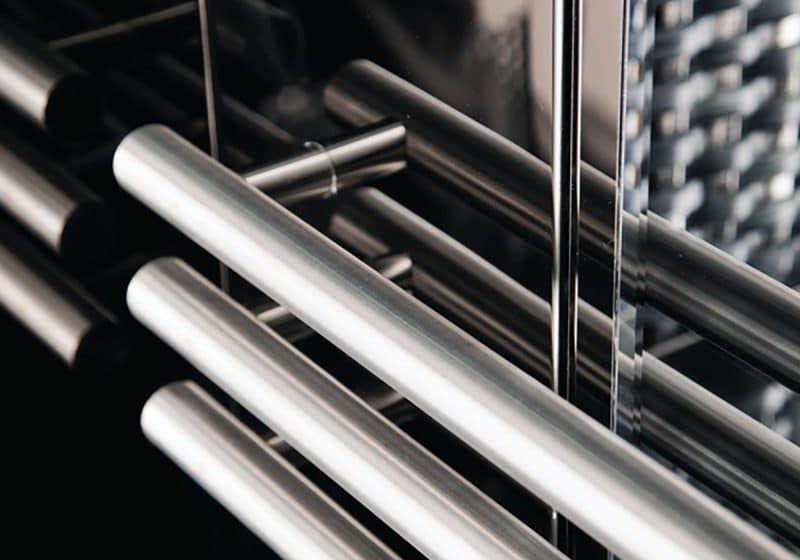How long would it take to get to the top of London’s highest buildings via stairs vs. lifts?
When commuting to an office several days a week, taking the stairs might be considered healthier, but it is not always a realistic option when there are more than five floors. Even bearing safety guidelines in the context of the pandemic in mind, lifts are still the quickest way to reach the top. In the spirit of ongoing innovation that has nothing short of peaked this year, Sheridan Lifts, an independent family-owned lifts company in the U.K., celebrates an invention that makes people’s lives easier: lifts. How does one get around buildings in today’s vertical cities without them?
Tony Sheridan, managing director at Sheridan Lifts, says:
“Our passion for elevating transport is something that’s been impressed upon us intergenerationally. And rightfully so, as this form of transportation is fascinating, and there is little doubt that life is unimaginable without lifts. Can you picture the time when accessibility was more of a problem for people and the only way of going up was by taking the stairs? We sure can’t, especially with the building construction evolution which has developed vertically across time. We decided to try to, however, by looking at how long it would hypothetically take a person to climb to the very top of some of the tallest, most popular buildings in the U.K. without catching a lift ride.”
Experts estimate that the average person can climb between 2,28 and 2,75 steps/s, depending on one’s athletic condition. Taking into account the minimum time required per steps and based on the reported number of steps for the following buildings, Sheridan Lifts estimates this is how long it would take the average Joe to climb them:
- The Shard
- Location: London
- Step count: 1,479
- Floors: 68
- Climb Time: a minimum of 10 min and 48 s
- Lift Time: approximately one min (6.0 m/s)
- The Leadenhall Building
- Location: London
- Step count: 1,258
- Floors: 52
- Climb Time: a minimum of 9 min and 11 s
- Lift Time: approximately 90 s (21-person passenger
- lifts 5.0 m/s and 17-person passenger lifts 1.0 m/s)
- The Gherkin
- Location: London
- Step count: 1,037
- Floors: 41
- Climb Time: a minimum of 7 min and 34 s
- Lift Time: approximately 30 s (6.0 m/s)
- Tower 42
- Location: London
- Step count: 932
- Floors: 47
- Climb Time: a minimum of 6 min and 48 s
- Lift Time: approximately 26 s (7.0 m/s)
- The Walkie Talkie
- Location: London
- Step count: 828
- Floors: 37
- Climb Time: a minimum of 6 min and 3 s
- Lift Time: approximately 27 s (6.0 m/s)
The strenuous activity of climbing stairs right after breakfast, just before coffee or after too many hours of work does not sound very enticing, does it? To the lift it is!
Get more of Elevator World. Sign up for our free e-newsletter.






